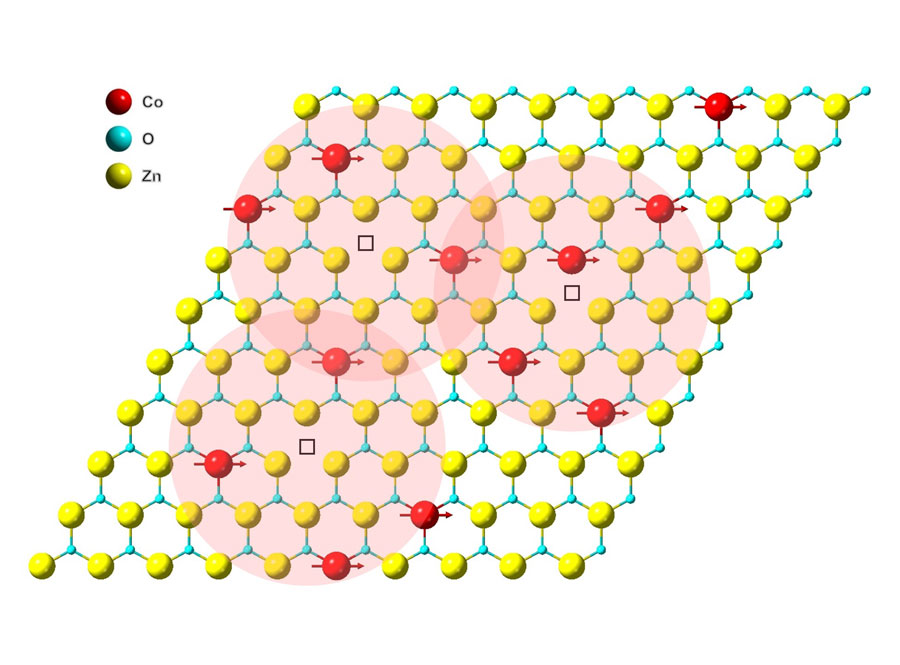Single-atom thin magnet draws closer
Scientists in the US have developed a one-atom thin 2D magnet that they propose could lead to significant advances in next-generation memory devices, computing, spintronics and quantum physics.

The discovery was made by the team at Lawrence Berkeley National Laboratory and the University of Berkeley, California, after researchers overcame technical barriers to create a chemically stable 2D-magnet-based nanodevice. They claim it can operate at room temperature in air, or even higher at 100°C.
The magnetic component of memory devices is typically made of thin films that are still 3D at the atomic level. A thinner and smaller 2D magnet would enable users to store data at a much higher density.
‘A major challenge is to find a material that has magnetism at a higher temperature while being chemically stable at the same time,’ explains Jie Yao, Associate Professor of Materials Science and Engineering at UC Berkeley. ‘Most existing 2D magnets only show magnetism at low temperatures and are not that stable in air.’
Taking conventional 3D magnetic oxide materials as their inspiration, the researchers have used a solution of graphene oxide, zinc and cobalt and synthesised them to create a cobalt-doped van der Waals zinc oxide magnet.
Yao says, ‘We utilised graphene oxide as a template. Graphene oxide itself is a layered 2D material. It allows the formation of zinc oxide 2D sheets to form in the gap between the graphene oxide layers.’ The team originally dispersed various atoms in zinc oxide to introduce magnetism but the process was unsuccessful. After discovering that cobalt works in 2D zinc oxide, they have tested different concentrations and have found 12% gives the best performance.
The mixture is baked in a conventional lab oven to create a single atomic layer of zinc oxide, with the cobalt atoms filling the gaps between the graphene layers. After the graphene is burnt away, the scientists are left with a single atomic layer of cobalt-doped zinc-oxide.
Yao adds, ‘We are using a totally different material platform, in which magnetic atoms are introduced through a chemical doping method. The interactions between the magnetic atoms are also different from those existing 2D magnetic materials, which enables substantially improved magnetic performance, including high temperature magnetism, chemical stability, wide range of tunability, and so on.’
To confirm the material is one-atom thin, the team has undertaken advanced characterisation using atomic force microscopy and scanning electron microscopy to identify its morphology, as well as transmission electron microscopy imaging to probe the material atom-by-atom. The researchers claim the discovery opens new avenues to study quantum physics.
‘We are taking advantage of the alternately stacked zinc-cobalt-oxide/graphene layers, so that zinc-cobalt-oxide can keep its 2D form and the total mass load is enhanced. Then, the characterisations are made easier,’ notes Yao.
‘Understanding the fundamental mechanism will help us to identify other excellent 2D magnets. Also, it will offer us new clues on how to improve the performance of 2D magnets.’
Yao explains that the magnet’s layered quality enables growth at the material’s edges. He adds that because zinc oxide can be directly grown on silicon substrates, the material is highly compatible with current complementary metal-oxide semiconductor technologies. These two factors mean the ultra-thin 2D magnet could be scaled up and at a lower cost.
‘There is no fundamental limitation to the size of the zinc oxide layer that can grow on a silicon wafer, which allows the scaling of lateral sizes by conventional techniques.’







